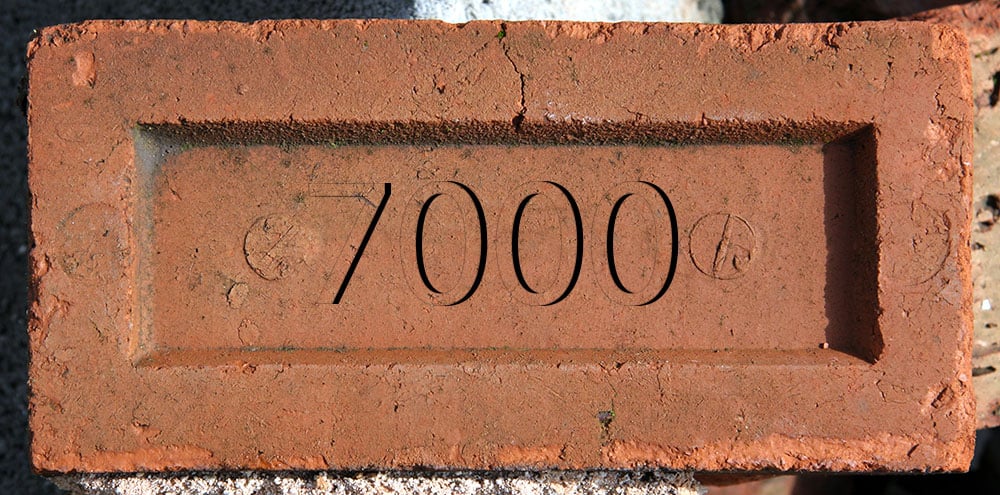The brick tax was a property tax imposed in the United Kingdom in 1784 during King George III’s reign. This truly affected construction during those times. But why did the UK impose a tax on bricks?
The United Kingdom imposed a tax on bricks to fund the war in America in 1784. As a result, people began to use more giant bricks, and buildings can be dated based on brick size.
The Brick Tax for War Funding Needs
The brick tax was enacted in Britain in 1784 to fund the wars in America, which failed to prevent American independence. It remained in effect until 1850. The tax was initially levied at four shillings per 1,000 bricks, but it was raised in 1794, 1797, and 1805, reaching 5s 10d per thousand bricks.
Manufacturers then attempted to mitigate the impact of the tax by producing more giant bricks. Joseph Wilkes of Measham was an extreme case, making bricks twice the normal size of 110 x 110 x 235mm, known locally as Jumbies or Wilkes Gobs. The government responded by regulating the brick size, establishing a maximum brick volume of 150 cubic inches. This was still larger than the previous standard; today, the size of bricks used can be used to determine the age of a house. (Source: Cut My Tax)
What was the Aftermath of the Brick Tax?
Beyond the effects on brick size, the brick tax had far-reaching consequences. Some smaller brick manufacturers were forced out of business to sell their inventory to pay their tax arrears. The most significant impact was on house construction types. Despite their lower strength, timber and weatherboarding have become more prevalent in many areas. Despite duties on imported wood, the tax on bricks made them significantly more expensive.
In the late 1840s, pressure grew for the abolition of taxation because it hampered economic development and the construction of decent housing, particularly for the poor. The tax’s revenue had fallen from £523,379 in 1840 to £456,452 in 1849.
Another argument for repeal was that the tax had an unfair regional impact, affecting the east of the country much more than the west, where stone was more readily available. (Source: Cut My Tax)
What Happened After the Brick Tax was Stopped?
The repeal of the brick tax in 1850 gave the brick industry a new impetus, resulting in a building boom. The new capital was poured into the industry, allowing for the development of new techniques. Brick production reached new heights thanks to improved mixing and molding machines and firing techniques. Bricks were now available in colors, shapes, and strengths that would have been unthinkable a century ago. Better quarrying techniques enabled the extraction of deeper clays, resulting in firmer, denser bricks, which are essential for civil engineering projects such as canals, viaducts, sewers, and bridges.
This case teaches us two things. First, repealing a tax is ten times more difficult than enacting one. Second, what appears to be a harmless method of generating revenue from an industry significantly impacts both producers and consumers. (Source: Cut My Tax)
Image from CutMyTax
